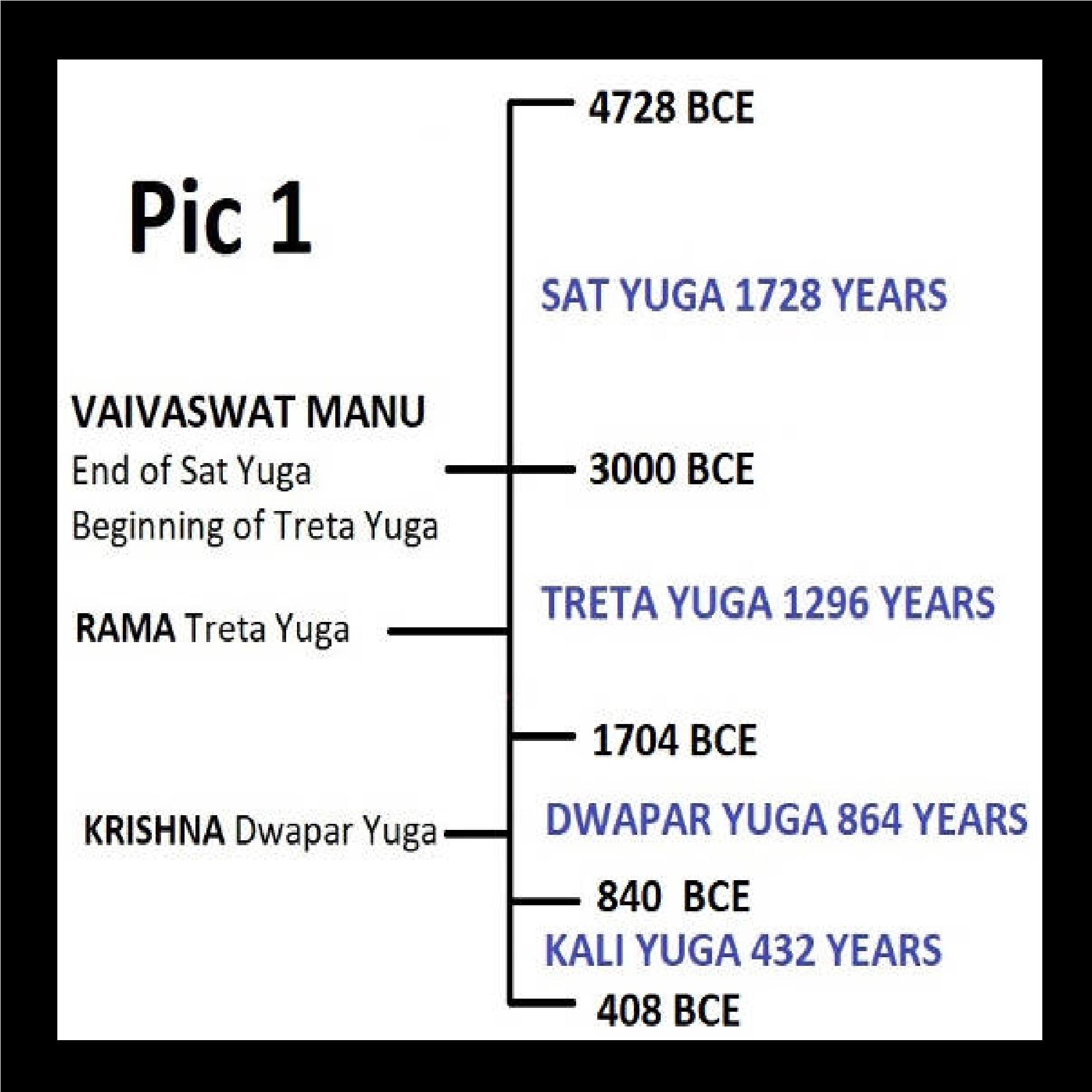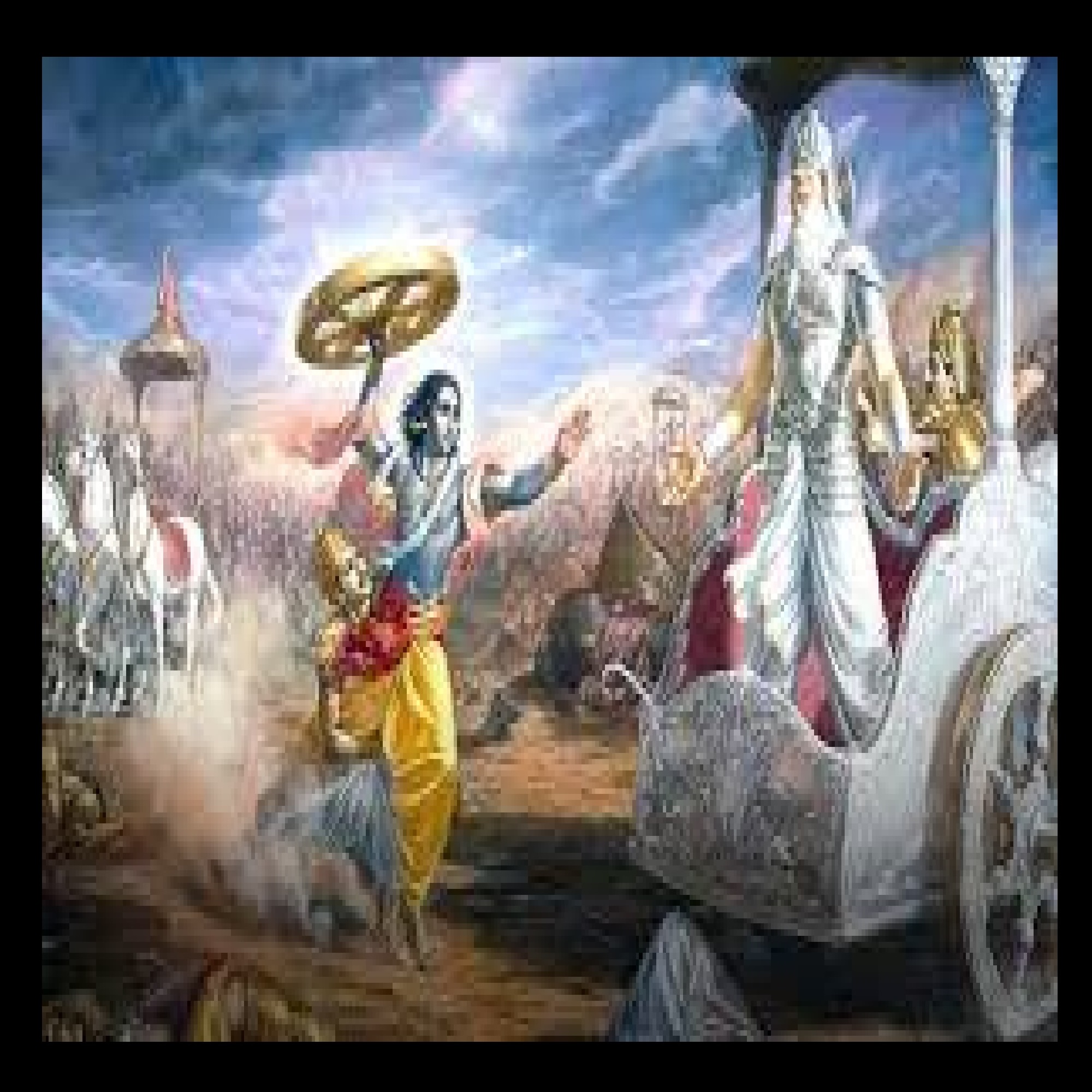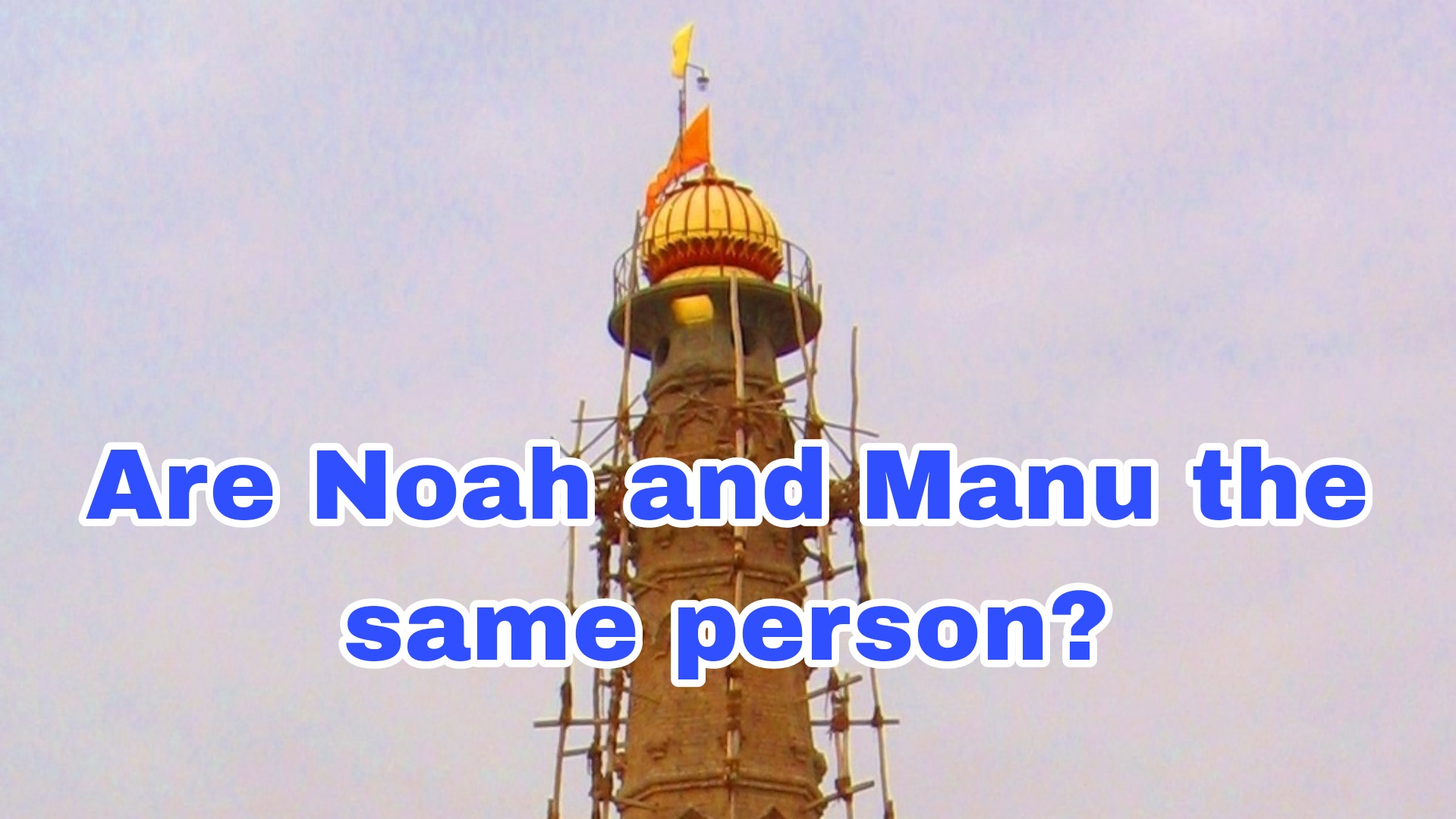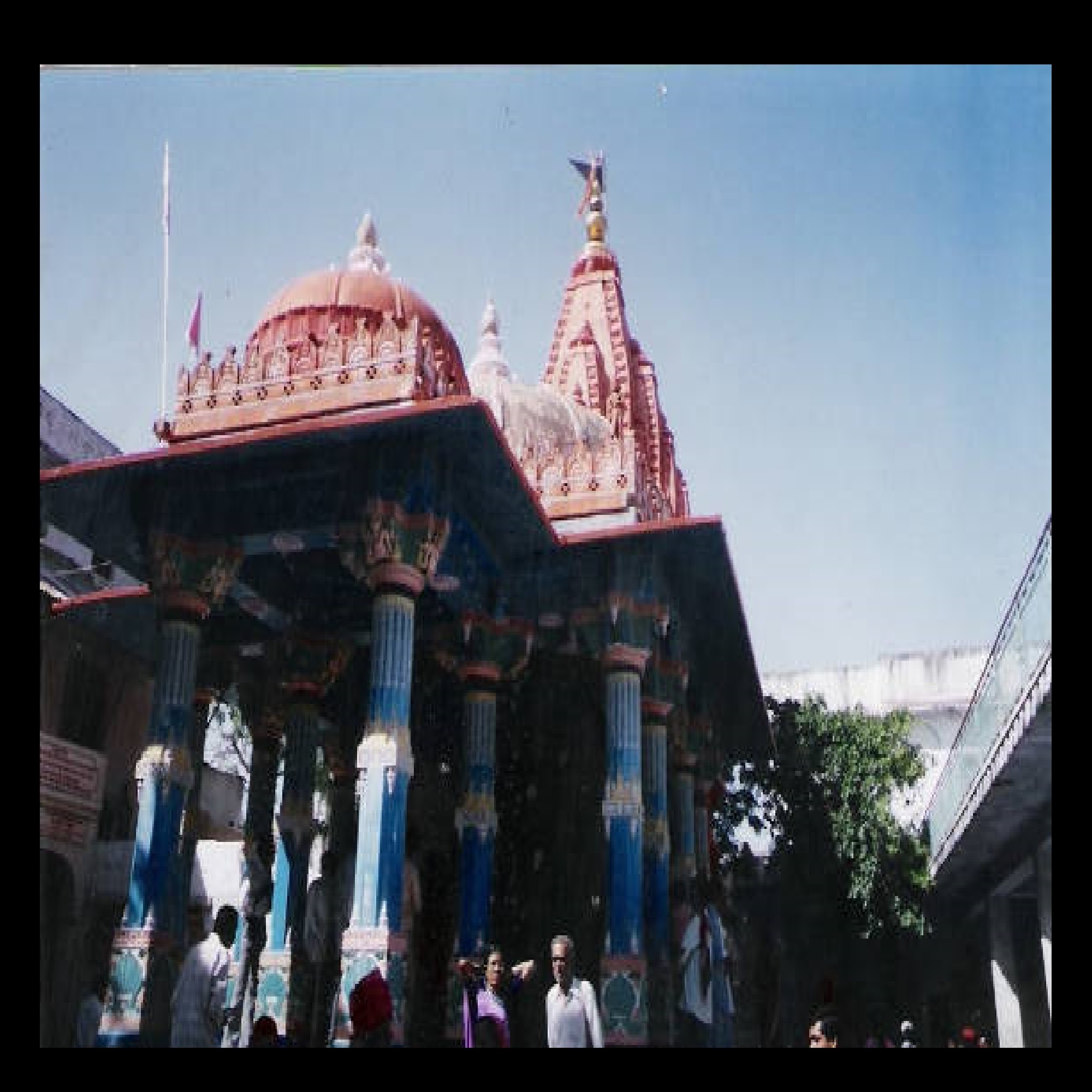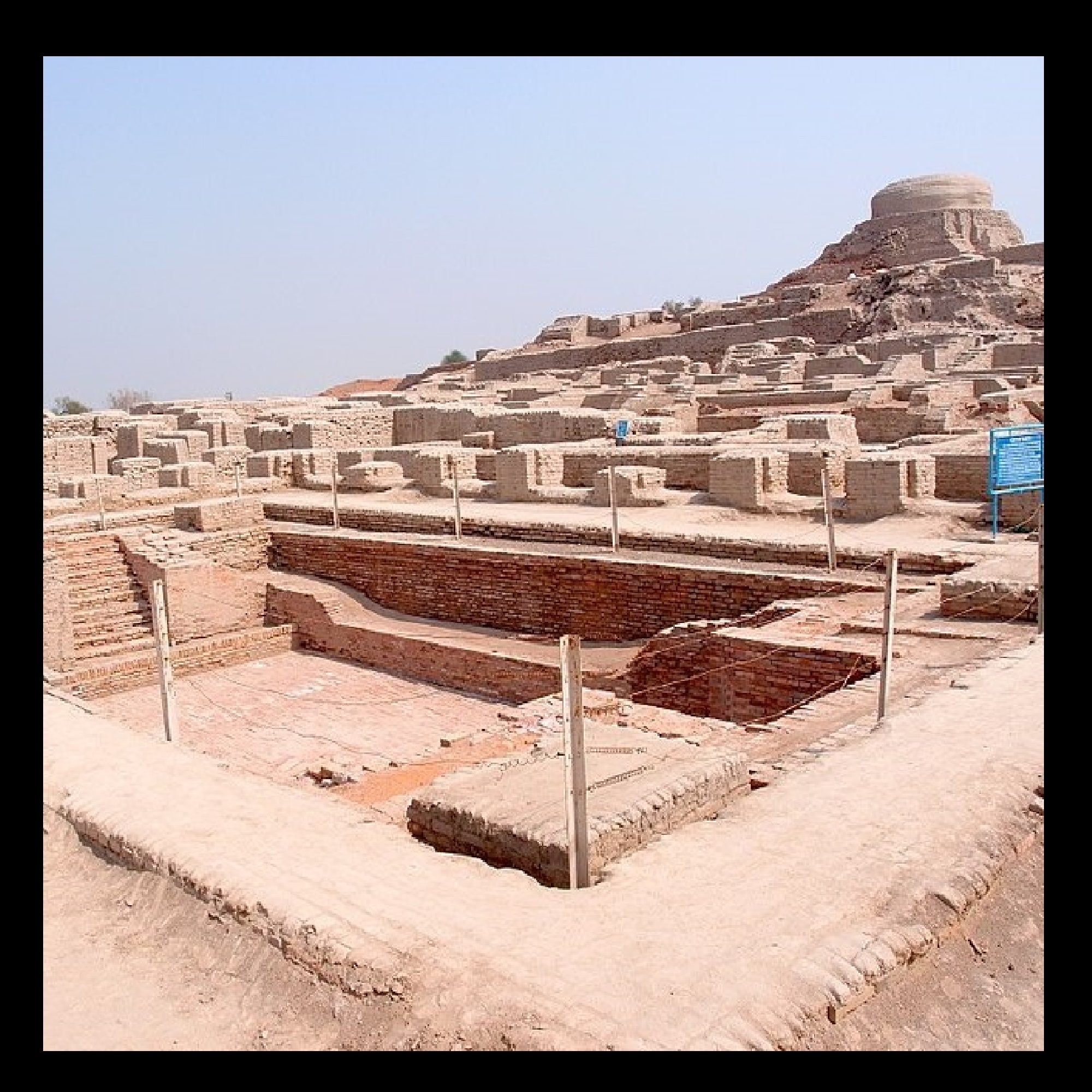Noah | Manu Indus Valley Civilization | Bible | Matsya Avatar | Hinduism | Flood | Luni River | | Tigris | Euphrates
We have been suggesting that the Biblical and Hindu religions have their common origins in the Indus Valley. One key narrative in both the religions is that there was Great Flood. In this post we shall first show that the key modules of the Flood narrative in the two religions are almost mirror images of each other and the same narrative has been carried into both the religions. Having done this, we will examine whether those narratives match with Mesopotamia or the Indus Valley. We conclude that the descriptions of the Flood match more with Indus Valley than with Mesopotamia.
The timing of the Flood has to be similar if it was the same Flood in both the religions. There is no consensus amongst Biblical or Hindu scholars on the timing of the Flood. However, Professor Gerard F Hasel of Andrews University has suggested a date of 3402 to 2462 BCE for the same. Astrologer S B Roy has suggested the date of 3212 to 2798 BCE for Vaivaswat Manu. The common time of the Flood in the two religions matches with 3200 to 2800 BCE.
Seth | Abel | Cain | Vivasvan | Vritra | Indra | Shem | Arphaxad | Vivaswan | Ikshvaku | Noach | Manoach
The second commonality is of the genealogy. Adam had three sons named Seth, Abel and Cain in the in the Biblical tradition. Swayambhu Manu had three sons named Vivaswan, Vritra and Indra in the Hindu tradition. Seth had a son Noah, who had a son Shem, who had a son Arphaxad, who had 15 siblings. On the Hindu side, Vivaswan had a son Vaivaswat Manu, who had a son Ikshwaku who had 15 siblings. Therefore, the genealogy of the two persons is parallel.
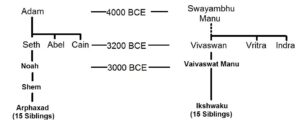
We also find similarity between the names of the two heroes. In the Biblical tradition, Noah may also be written as Noach which may be written as Manowach. There is a person named Manowach in the Bible though there is no genealogical connection between the Noah and Manowach. It is possible that Manowach is written as Noah in the Bible. “Manowach” has the same consonants “M” and “n” as in “Manu.” So, Noah became Noach which became Manowach and that became Manu.
The Bible says that Terah left Ur Chaldea to go to the land of Canaan. The name “Ur Chaldea,” could be derived from Arphaxad as noted by the Jewish Encyclopaedia. The common letters are “a/u,” “r,” “h,” “a,” and “d” as shown at Lines (1) and (2) in the Figure. The Hindu narrative says that Rama was born in the Ikshwaku Dynasty, the progenitor of which was King Ikshwaku. The names Ikshwaku and Ikshumati are closely associated as shown at Lines (3) and (4) in the Figure. The common sounds are “i,” “ksh,” “a,” and “u/i.”
The names Arphaxad and Ikshwaku carry the same sounds “a/i,” “x/ksh,” and “a” as shown at Lines (2) and (3) in the figure.
Additionally, the names Arphaxad and Ikshumati carry the same sounds “d/t” as shown at Lines (2) and (4). The similarity of these names indicates that Ur of the Chaldeans, Arphaxad, Ikshwaku and Ikshumati could be names of the same person or a place named after him.
We also find similarity between the story itself. The Flood was foretold to Noah as well as Vaivaswat Manu. The boat of both of drifted or was pulled by the Fishing Incarnation. The boat landed on a mountain—Mount Ararat in the Bible and Mount Himalaya in the Hindu tradition. The Flood was of a long duration. The Bible says 150 days. The Hindu texts do not give a specific number of days but the tells of a long duration. The two were progenitors of the subsequent generations. Given these similarities, we proposed that Noah is the same person as Vaivaswat Manu.
There were a number of Floods between 3200 to 2800 BCE in Sumer as shown in Figure. Of these, the lower two at 3100 and 2900 match with the period of Noah. The Luni River also had a massive Flood 5000 year ago or 3000 BCE as detailed in paper by Sridhar given in the description. Thus, around 3000 BCE, there were major Floods at both the proposed locations.
The second point is that the Flood in both the traditions was of a long duration. The rivers of Sumer do not have any obstruction. In contrast, there is a ridge-like structure along the Sukhadi river. This structure creates and obstruction to the flow of water. So, if there was a huge Flood, it would have stayed in that region and we would have stagnant water.
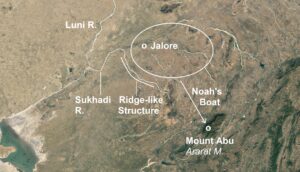
The third point is the timing of the rains. According to the Jewish tradition, the Flood took place in September or October. The period from June to September is of low rains and November to March is of high rains in Mesopotamia. Hence, it is unlikely that a Flood would take place in September or October when the rains are low. In contrast, the period from June to October is of high rains and November to March is of low rains in India. Thus, Floods in September or October are more likely in the Indus Valley.
The fourth point is evidence for human habitation at the time of the Flood. We find evidence of habitation and flood at 3100 to 2900 BCE in Sumer as well as the Luni River. The first major flood took place in the Luni basin at about 3000 BCE.
The fifth point is the presence of towers. The Bible says that, after the Flood, those people when to place called Shinar and they made Towers with baked bricks. The defining feature of a tower is that the height is more than the width of the base. The Ziggurats of Sumer that are often identified with the Biblical tower have a much larger width than height. On the other hand, tall temple towers are made in Anupgarh on the western part of the Indus Valley with baked bricks. Anupgarh may be the Biblical Shinar.
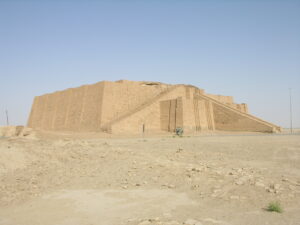
Sumer | Sukhadi river | Flood | Mohenjo Daro | Anupgarh | Shinar | Ziggurats
The sixth argument in support of the Flood in Mesopotamia is that the Sumeric legend of Gilgamesh tells of a Flood. Gilgamesh was a Sumeric king. He decided to go to Dilmun where Utnapishtim told him about the Flood. Scholar of Sumerian language Samuel Noah Kramer identifies Dilmun with the Indus Valley. So that Flood took place in the Indus Valley although it was recorded by Gilgamesh and taken to Sumer.
The seventh point is the similarity of names. The Bible says that Noah’s boat came to rest of Mount Ararat after the Flood. The mountains south of the Luni River are known as Aravalli Mountains. The names Ararat and Aravali both mean “hostility.” Thus, Aravalli may be Ararat. This name is attested in West Europe only in the very recent period.
Eighth, the city of Jalore is where the Flood took place as per our study. The name “Jalore” is made of two parts—”Jal” and “ore.” “Jal” is water and “ore” is city like “Ur.” Thus, Jalore means “city of water” and this locates the Flood in this area.
Meena people | Meen | fish | tortoise | Varaha | Gautamji temple | Lord Matsya | Matsya Avatar
The ninth point is that of living traditions. I do not know of any living tradition of people of Sumer saying that the Flood to place there. On the other hand, the Luni basin is the home of the Meena community. The word Meena is derived from the word “meen” which means fish. These people believe that they are descendants of Vaivaswat Manu.
These points suggest that the Flood took place in the Luni basin.
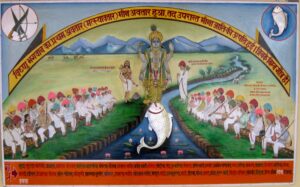
We thus propose that Noah and Vaivaswat Manu were the same person who lived in the Luni Valley rather than Mesopotamia. Some people migrated from here to Mesopotamia and the tradition of the Flood was carried from here to Mesopotamia. It is time for us to look at all the evidence comprehensively and arrive at a more credible location for the Flood.
Visit our website: https://www.commonprophets.com/
For Videos: https://www.youtube.com/channel/UCN4sb3toJxNGPjmSubnwz_Q
For more information on the theory of Common Prophets, Please like my FB Page One God One 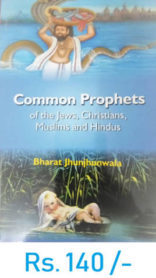 Religion, Subscribe my English channel One God One Religion, subscribe my Hindi Channel एक ईश्वर, and you may like to buy my book here.
Religion, Subscribe my English channel One God One Religion, subscribe my Hindi Channel एक ईश्वर, and you may like to buy my book here.



